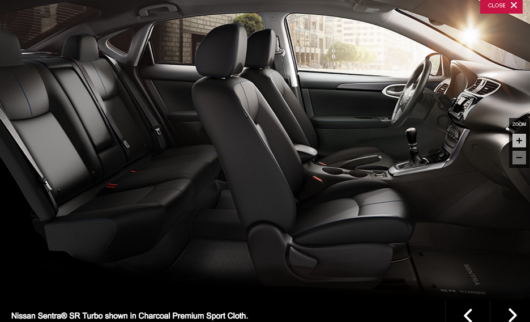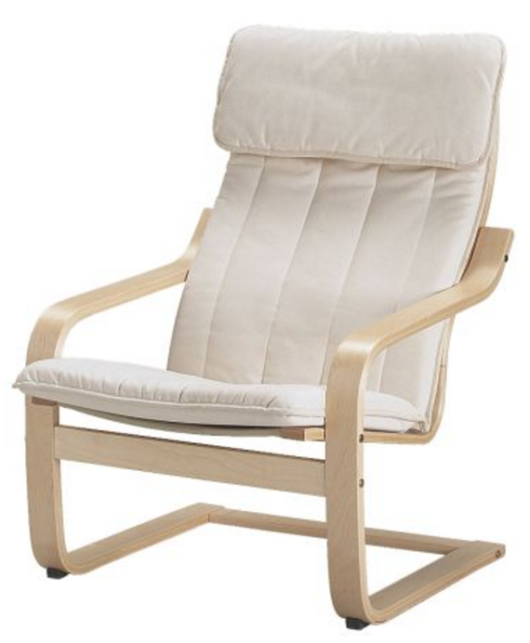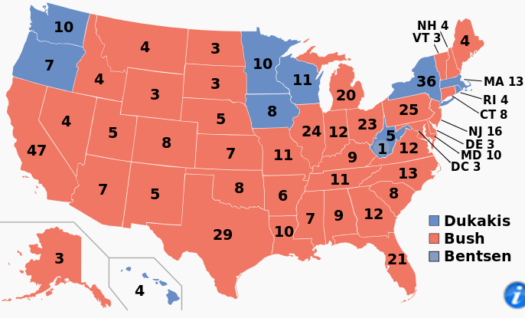How the GOP treats women
Here’s the Washington Post:
As a former communications aide to Sen. Ted Cruz (R-Tex.) and former senator Jim DeMint (R-S.C.), I can personally testify that Republican women have, for years, fended off accusations from the Democrats of the party’s allegedly anti-woman beliefs. What did we get for it? The nomination — by way of a largely older, male voting base — of a brazen and unapologetic misogynist.
I want to ask the men leading the GOP some questions. Why didn’t you defend women from this raging sexist especially after so many Republican women — for so many years — eagerly defended the party from charges of sexism? You must make us out for fools.
Over the course of the GOP primary, it became clear that too many Republicans felt it was too politically risky to do anything that would offend the types of voters Trump was attracting in droves — the types who showed up at rallies wearing T-shirts that said, “Trump that b—-” and “She’s a c—, vote for Trump.”
Somehow, in some amorphous but unambiguous way, it was decided that appealing to those voters was more important than appealing to women.
Some of my commenters actually claim Trump is a “dove”. Not quite:
On the tapes, Mr. Trump describes a passionate enjoyment of fighting, which started during his adolescence in Queens. It did not matter, he said, whether an altercation was verbal or physical. He loved it all the same.
MR. TRUMP: I was a very rebellious kind of person. I don’t like to talk about it, actually. But I was a very rebellious person and very set in my ways.
INTERVIEWER: In eighth grade?
MR. TRUMP: I loved to fight. I always loved to fight.
INTERVIEWER: Physical fights?
MR. TRUMP: Yeah, all kinds of fights, physical …
INTERVIEWER: Arguments?
MR. TRUMP: All types of fights. Any kind of fight, I loved it, including physical. …
His behavior was so belligerent that his parents sent him off around age 13 to the all-boys New York Military Academy, a highly regimented school about an hour north of Manhattan. He seemed to revel in the masculine culture of confrontation there. In the interview, he sounds nostalgic for the time when roughness and physical conflict were more acceptable:
MR. TRUMP: I’m standing there at the military academy and this guy comes out, he’s like a bulldog, too, rough guy. He was a drill sergeant. Now they call him “Major Dobias,” but he was a sergeant. When I first knew him, he was “Sergeant Dobias,” right out of the Army.
And he was a rough guy, physically rough and mentally rough. He was also my baseball coach. He said things like, “Stand up!” and I went, “Give me a [expletive] break.” And this guy came at me, you would never believe it. I mean, it was really fantastic.
INTERVIEWER: Did he rough you up?
MR. TRUMP: Oh yeah, absolutely.
INTERVIEWER: Grabbed you by the shirt …
MR. TRUMP: It doesn’t matter, it was not like what happens today. And you had to learn to survive. It was tough. It wasn’t today. Those were rougher times. … These guys, you go back to some of those old drill sergeants, they can’t even understand what’s going on with this country.
“But how do you explain the fact that he opposed the Iraq War?” Simple, he supported it.
He’s also using campaign donations for his personal profit:
The Daily Beast previously reported that Trump spent $55,000 in money from his own campaign to buy copies of his latest book, Crippled America, which was published by Simon and Schuster. Copies were distributed to GOP delegates attending the summer convention in Cleveland.
The purchase of books is just the latest example of Trump using donors’ money to purchase goods and services from his own businesses and generating personal profit for himself.
Trump houses his campaign headquarters in Trump Tower in midtown Manhattan, where the campaign pays $169,758 a month for office space at about $100 per square foot. (The Clinton campaign, in contrast, rents two floors in a Brooklyn Heights office building for about $32 per square foot.)
Trump paid his Mar-a-Lago resort in Palm Beach $423,373 on the same day in May that his campaign finalized a deal with the RNC that began bringing him hundreds of millions of dollars of outside donations ― even though the only events he’d held there were two victory parties and an afternoon news conference two months earlier. He could have held those three events at nearby hotels for a total of about $40,000.
In July, Trump’s campaign sent $48,240 to his Westchester County golf course. The only event it had hosted for him was a June 7 victory party. Trump could have used a ballroom at a nearby Marriott hotel for less than half that much.
And Trump’s insistence on using his own personal Boeing 757 jet is now costing taxpayers millions of dollars extra. Because Trump’s Secret Service detail is making up a large percentage ― and on some days even a majority ― of the flying passengers, the agency must pay a proportionate share of the $10,000-an-hour flying costs.
In a recent post I suggested that Trump cared so little about America that he was only spending 1% or 2% of his $10 billion fortune on “saving the country”. I was wrong. He’s spending an order of magnitude less than that, more like 0.2%:
Trump’s staff has defended his decisions to spend more at his own businesses rather than use less-expensive alternatives by pointing out that he is contributing $2 million a month to his own campaign.
That $2 million figure, however, is dwarfed by the many tens of millions of dollars per month coming to Trump’s campaign from both large and small donors.
He might be the most selfish bastard in all of American political history. And yet despite everything, including dozens of press stories claiming that he’s already lost the race, he still has a reasonable chance of winning (about 17%.) Indeed the polls have tightened slightly this week.





